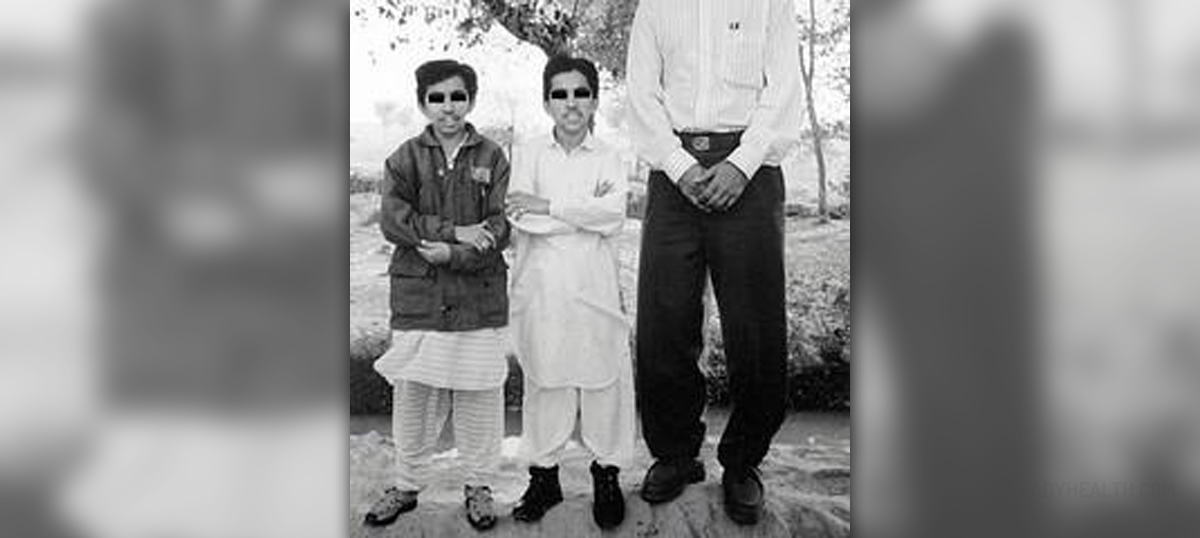
The word dwarfism refers to a number of conditions related to shorter than usual skeletal growth. Around three hundred conditions can lead to abnormal growth and dwarfism, the most common form of which is achondroplasia. This condition occurs in about one out of every twenty five thousand children. The condition is usually diagnosed at birth. Most children with the condition have average-sized parents. Intellectual development is not affected by this condition.
Indications and causes
Indications and distinctive features of those with this condition include disproportion of arm and leg length, bowed legs, reduced joint mobility, large head, flat mid-face, crowded teeth, prominent forehead and a flattened bridge of the nose.
The mutation that causes achondroplasia occurs during conception. It is as yet not clear why this mutation occurs, or how the mutation translates into achondroplasia. Around one in five achondroplasia sufferers inherit the gene from a similarly-affected parent. A child has a fifty per cent chance of inheriting the gene if one of the parents has achondroplasia. A child with two parents who have achondroplasia has a twenty-five per cent chance of inheriting the gene from both parents. This can lead to the occurrence of a fatal condition known as homozygous achondroplasia. Those who suffer from this condition rarely survive more than a year of life.
Problems
Those with achondroplasia during childhood might suffer from breathing difficulties as a result of narrowed nasal passages. Similarly, narrowed Eustachian tubes might lead to regular ear infections. A child with achondroplasia might also suffer from bowed legs once the child begins to walk. A backward curve of the spine might also develop over time. Children with achondroplasia might also suffer from reduced muscle strength, hydrocephalus and a narrowed foramen magnum. During adulthood, nerve compression, obesity, crowded teeth and an increased risk of pregnancy are all regular problems in those with achondroplasia.
Treatment
There is, as yet, no known or discovered cure for achondroplasia. The human growth hormone has nothing to do with this condition. Lack of growth hormone thus has nothing to do with the development of this condition. Treatment for the condition thus focuses on prevention, management and treatment of the medical complications, as well as providing social support for the patient and family.
Surgery can be used to lessen the pressure on the nervous system, or to open obstructed airways. Dental and orthodontic work can also be used to correct malocclusion and provide proper dental health. Some support from geneticists, neurologists and pediatricians might also be provided.


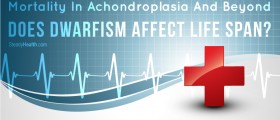



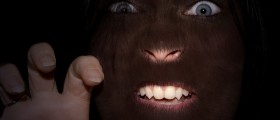

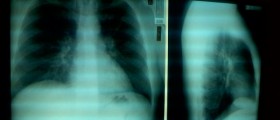
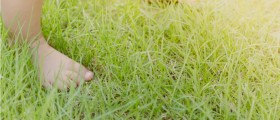

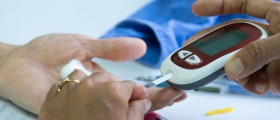
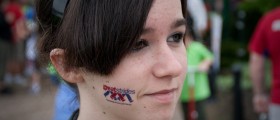


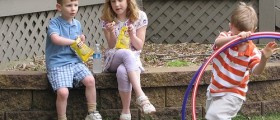

Your thoughts on this
Loading...